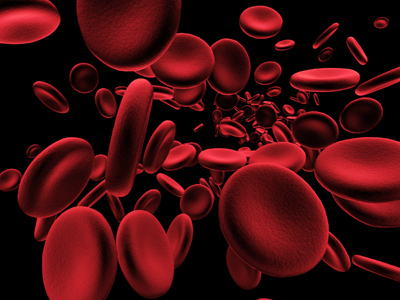
Unit 2 - Proteins
Proteins, the amino acid chains which are vital to all living organisms, are one of the topics looked at in GCSE Biology. Their structure, their function and their many types are just some of the things we look at in this quiz.
Proteins are polymers that consist of amino acid chains and they have a wide variety of functions in living organisms. There are many types of protein but four basic groups that often crop up in exams are structural proteins (examples keratin and collagen); enzymes (examples amylase and protease); hormones (examples insulin and growth hormone) and carrier molecules (example haemoglobin). Proteins are also found on the surface of microbes entering the body where they are called antigens. When these antigens are detected, they automatically trigger your immune system to produce other proteins, antibodies, which help to keep you free of infections.
Ready for more?
not all...
quizzers. Try to win a coveted spot on our Hall of Fame Page.







